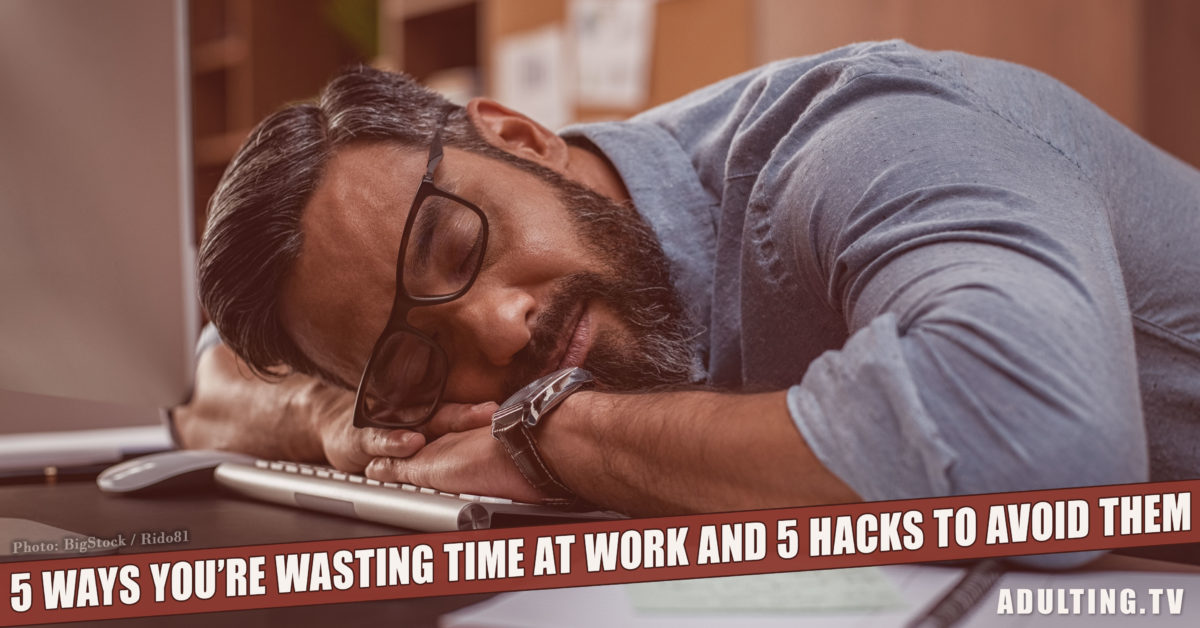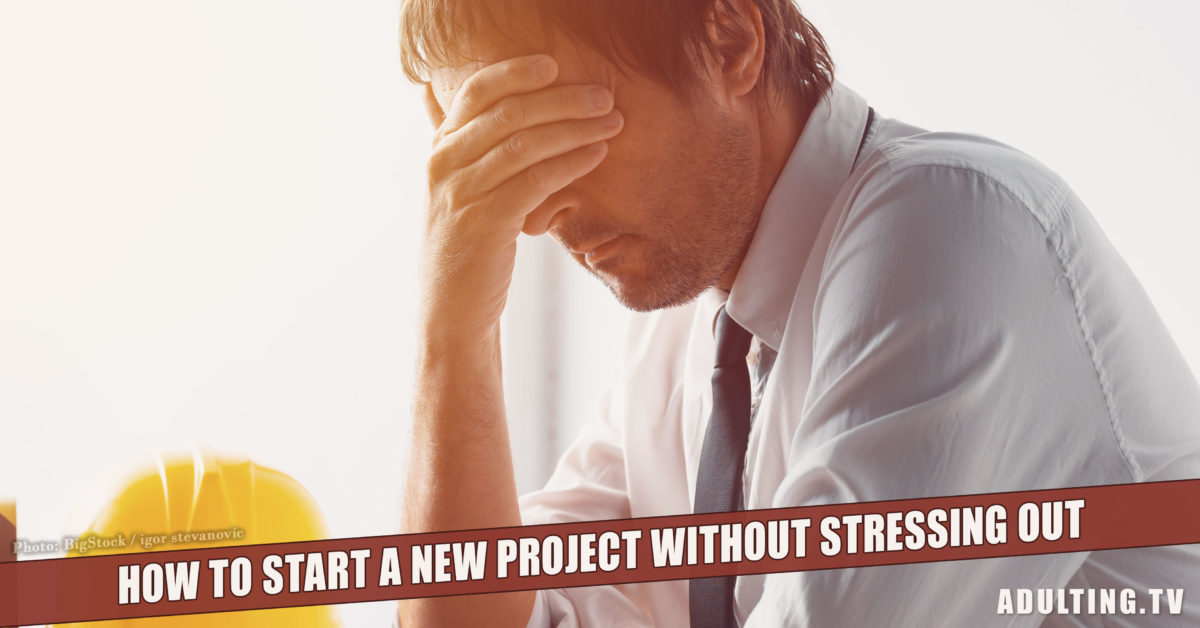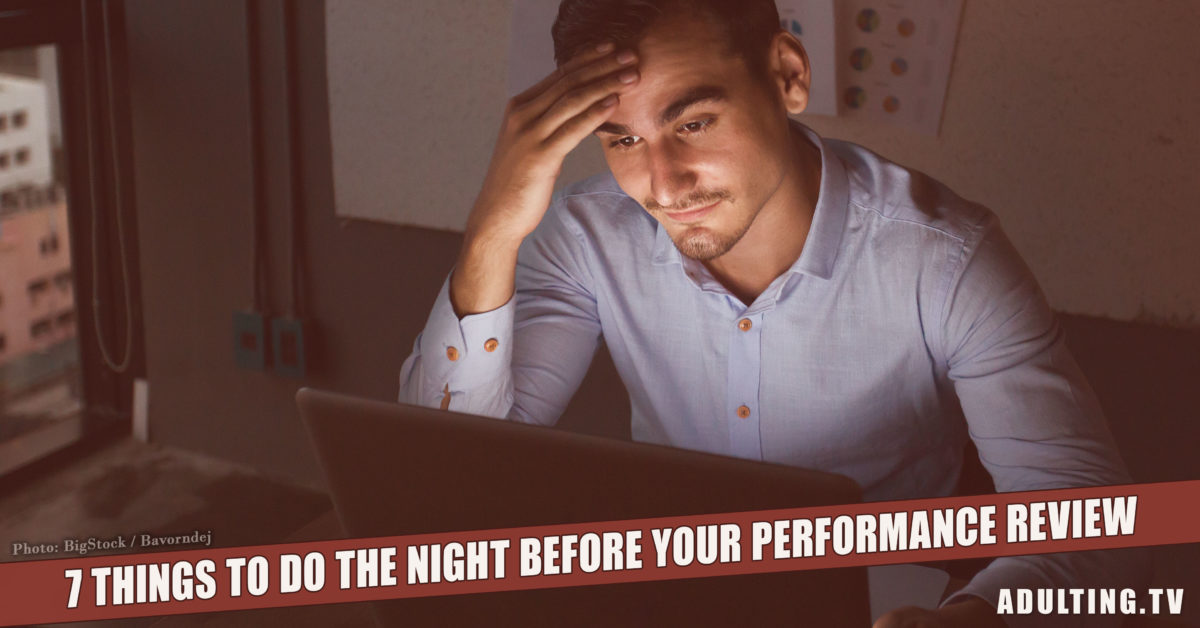I’m self-employed, so when I’m not working, I’m not getting paid.
That’s not the case with most us. In a 2014 study conducted by Salary.com, 69% of workers admitted to wasting at least one hour a day at work. With the average worker working between 250 and 260 days a year, that’s over six weeks of time we’re paid for but, well, we waste.
Where’s all that extra time going? How can we hack our day so we’re productive enough to get the best raise on our teams?
Let’s talk about how we can avoid wasting time.
The top 5 time wasters.
1. Surfing the internet
This is no big surprise, right?
According to Salary.com, Google searches were the number one time-waster in 2014. I admit that I had a small group of sites that I visited daily while I was working the W-2.
I’m sure you’d agree. Are you reading this at work right now?
Internet surfing at work comes from our short attention spans.
We’re working, and a song pops up on YouTube or our phone and we think, “Whatever happened to Macy Gray and that gigantic head of hair of hers?” Before we know it, we perform a Google search and get sucked into a black hole of useless information.
2. Being social on social media
If you want to avoid wasting time, you need to recognize social media as a major culprit.
Facebook was number two behind Google as the most common time suck at work.
Whether on our phones, at our desks, or sitting on the toilet to check out the latest cat video, social media is a huge time suck.
And, BTW, the number of men who pee sitting down has quintupled in the past ten years. I think it’s because they want to peruse social media more comfortable while in the bathroom.
Also, I’m writing a book: Twitter for the Toilet — Your Guide to Conquering the Business World from Inside Your Favorite Office.
I’m kidding, of course. But in all seriousness, keeping up with cat videos, commenting on others’ political rants, leaving birthday messages, and combing through Facebook memories are killing our productivity and helping us waste a few more minutes each hour of the working day.
You might even consider a social media break, just to help you get rid of the habit.
3. Circling the vortex of emails
It’s almost become the “unignorable phone” of yesteryear. A ringing phone must be answered, right? I remember a time when the whole family dashed to answer the phone.
For many of us, email has replaced the rotary phone on the wall. Whether they’re coworkers’ emails or the emails from friends and family, too few of us ignore email until the appropriate time.
What occupies the first hour of your day?
It’s totally email, isn’t it?
Responding to emails. Writing emails. Looking at emails and then not doing anything about them.
If you’re anything like me, you have hundreds of emails in your inbox. Too often they’re parts of email chains seeking one answer but getting everyone’s two cents and, in some cases, four or six cents.
The average office worker gets 121 emails per day. If we spend an average of one-minute reading and responding to each email, that’s a whopping two hours of the day sucked away. Yes, some emails are important, but we all know that many are not.
Add to work emails our personal emails. It’s estimated that the average person receives 88 personal emails a day. Spend 30 seconds on each and we’ve spent almost 45 minutes of our day on personal emails.
If you’re keeping track, that’s two and a half hours on emails. Add in text messages, and we’re probably doubling our time communicating via technology.
4. Unnecessary — and unnecessarily long — meetings
Love them or hate them, in some cases they’re a necessary evil. At the same time, they can be a huge time suck.
Some jobs, usually director level and higher, center on decision-making. Much of that requires meetings for education and decision making. The reality, though, is that most corporate meetings offer little value.
If you’re like I was, on a regular basis you leave meetings and think, “well, that would’ve been better as an email.”
Plus, the first five to ten minutes of most meetings are spent catching up with the other future tortured souls, especially early morning or Monday meetings? We must learn about everyone’s weekend or rehash last night’s episode of The Walking Dead.
If you want to avoid wasting time, consider how you can do your part to reduce meeting time. You can’t always avoid meetings (especially if your boss is involved). But you can get rid of meetings under your purview.
Speaking of chitchat…
5. Being coopted by coworkers
The last major time suck is one of which we may have little control over.
Whether it’s Chatty Cathy or Babbling Bill, every office or team has one. It’s the coworker who seems to have all the time in the world to talk about an endless amount of nothing.
I’m not suggesting an Orwellian office place where everyone punches in, sits at their desk for seven point five hours and then punches the clock on their way home. (I’m an introvert, though, so that would be workplace heaven.)
So, what’s the solution to these problems with wasting time at work? Here are five hacks that can help you stop wasting time at work. Because the more productive we are, the more our boss likes us and the greater our chances of getting a fat bonus next year.
5 hacks to help you avoid wasting time at work.
1. Reduce your time surfing the internet
Keep a Word or Google document up on your computer or notepad by your side to list what it is you want to search and research.
Then, research them during a designated break or in the privacy of your own home because, much like Facebook, your employer is watching your every move online. They can find that information if they want to.
Also, shut down spare browser windows when you’re not using them for work-related activities. When your window’s tab is signaling that you have a new message or that someone just tagged you in a tweet, it’s nearly impossible to not stop what you’re doing and look. It’s very much like that ringing phone that must be answered.
Get rid of the temptation altogether.
2. Downgrade the social media time
Seventy-nine percent of social media is done on mobile. This means solving this problem alone will increase your productivity.
First, turn DND on your phone during work hours. Second, hide your phone from yourself in a drawer for 55-minute periods. During those 55 minutes, focus only your work and get your work done.
On a side note, even if you’re not being social on your office desktop but you’re syncing with your office’s WiFi on your phone, your employer is still watching your every move.
If you can avoid wasting time this way, you’re also keeping your boss from seeing what you’re up to.
3. Don’t let email run your life.
Avoid emails during the first hour or two of your day.
Instead, focus on the most important task for your success that day.
Most highly successful people manage their emails and don’t let their emails manage them. Let’s be honest: emails are usually about what’s important to other people — not what’s important to you. So you want to focus on what matters most in your own life.
Ask yourself the One Thing question: “What’s the one that I can do such that by doing it everything else will become easier or unnecessary?”
By focusing on your One Thing and not one everyone else’s, your productivity will skyrocket.
One strategy is to answer emails for 10 minutes at the top of each hour. Another strategy is to only go into your email three times during the day.
Figure out what works for you, stick to it, and you’ll be surprised at how much you can accomplish.
4. Do your best to get those meetings under control
It’s helpful to have a somewhat militaristic approach to managing meetings at work.
First, have or ask for an agenda for every meeting. Everyone should be on the same page as to what the meeting’s about and what the goal or objective of the meeting is. It’s extra helpful to have this agenda in writing in advance. Anyone who goes off topic gets the buzzer.
Second, schedules meetings for 25 and 50-minute increments rather than 30 and 60-minutes. Let all attendees know in advance that the objective or goal of the meeting must be resolved in this limited time.
If anyone needs to prepare in advance, they should do so accordingly for the sake of everyone else’s time.
Finally, block off 30 or 50 minutes on your calendar, rather than 30 to 60 minutes. This budgets in time for you to fill up your coffee cup or hit the restroom, as needed, and let you shift focus to your next task.
5. It’s time to shut your coworkers down (politely)
Post a DND sign at your desk or on your door, or schedule time in a spare meeting room or office away from everyone else to focus on your most important tasks. You want to avoid wasting time at work? You might need to find a time to politely keep your coworkers away.
We teach people how to treat us. So, train your colleagues to not disrupt you outside of scheduled times or breaks.
This may be tough at first, but in time they’ll catch onto your routine. When you get to leave the office earlier or you get that raise or promotion, they’ll see the value in your regimen.
If these suggestions make you uncomfortable, lie to your coworkers. Tell them you have a deadline and cannot be disturbed. The lie will only go so far for so long, but it’s an easy way to start changing their behaviors and increasing your productivity and efficiency at work. Just don’t get in the habit of lying.
With most of these ways of wasting time at work, it comes down to first acknowledging what the problem is and then coming up with an appropriate solution for the problem.
Once that’s done, you can change how you work, avoid wasting time at work and get much more done.











